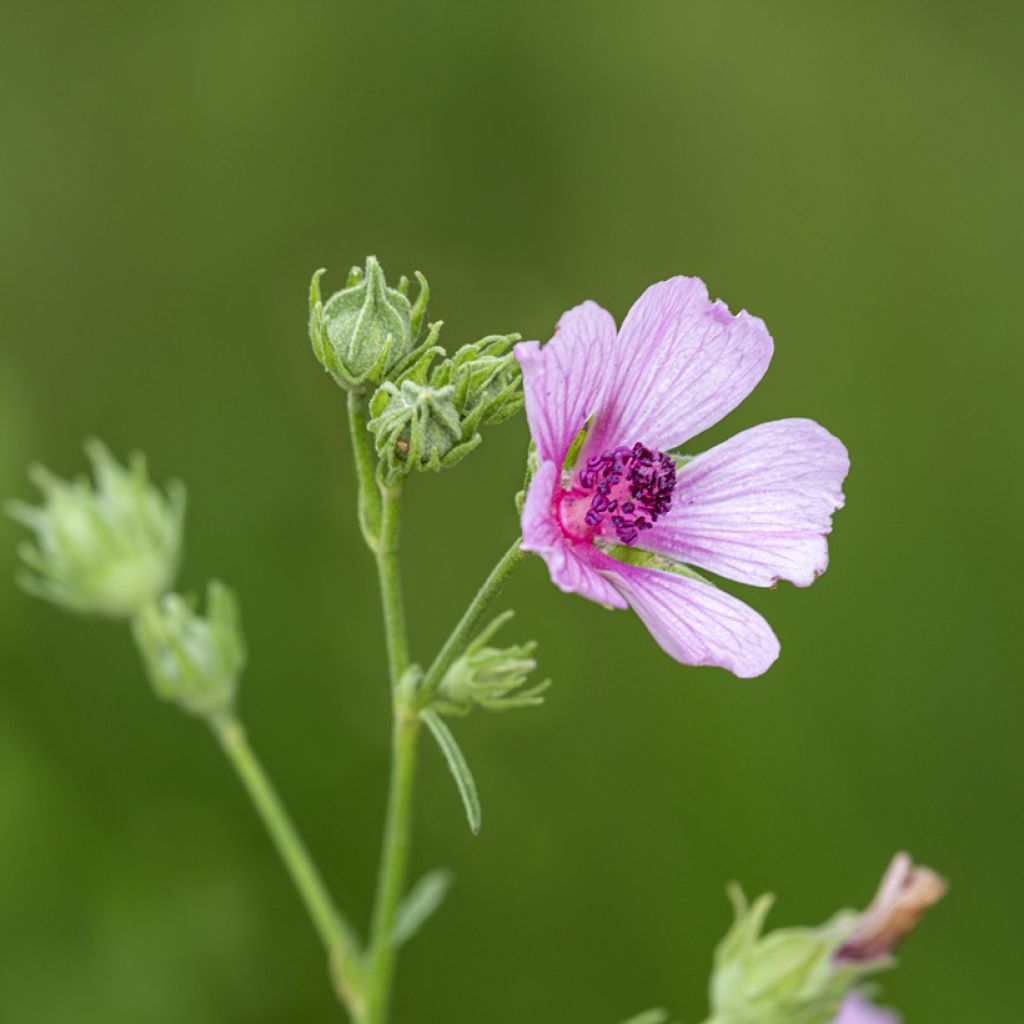

Althaea cannabina
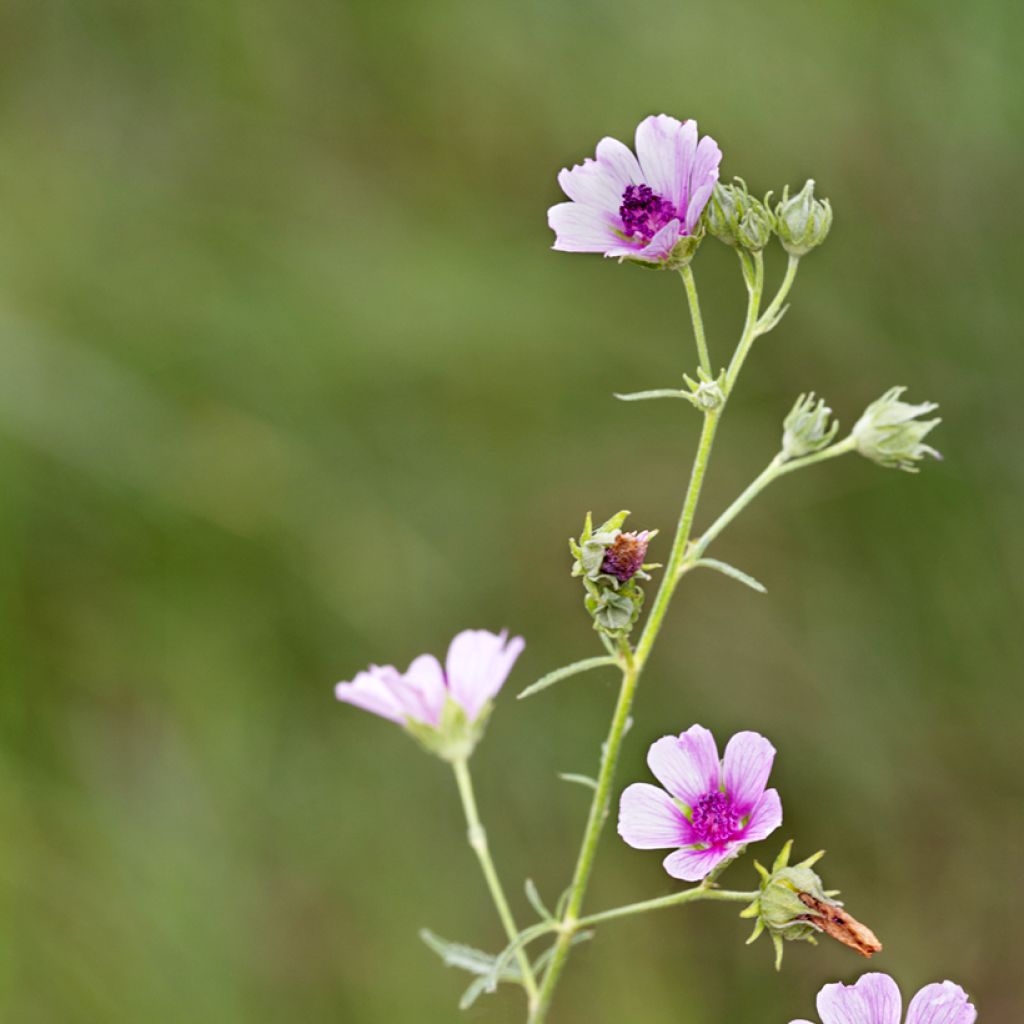

Althaea cannabina
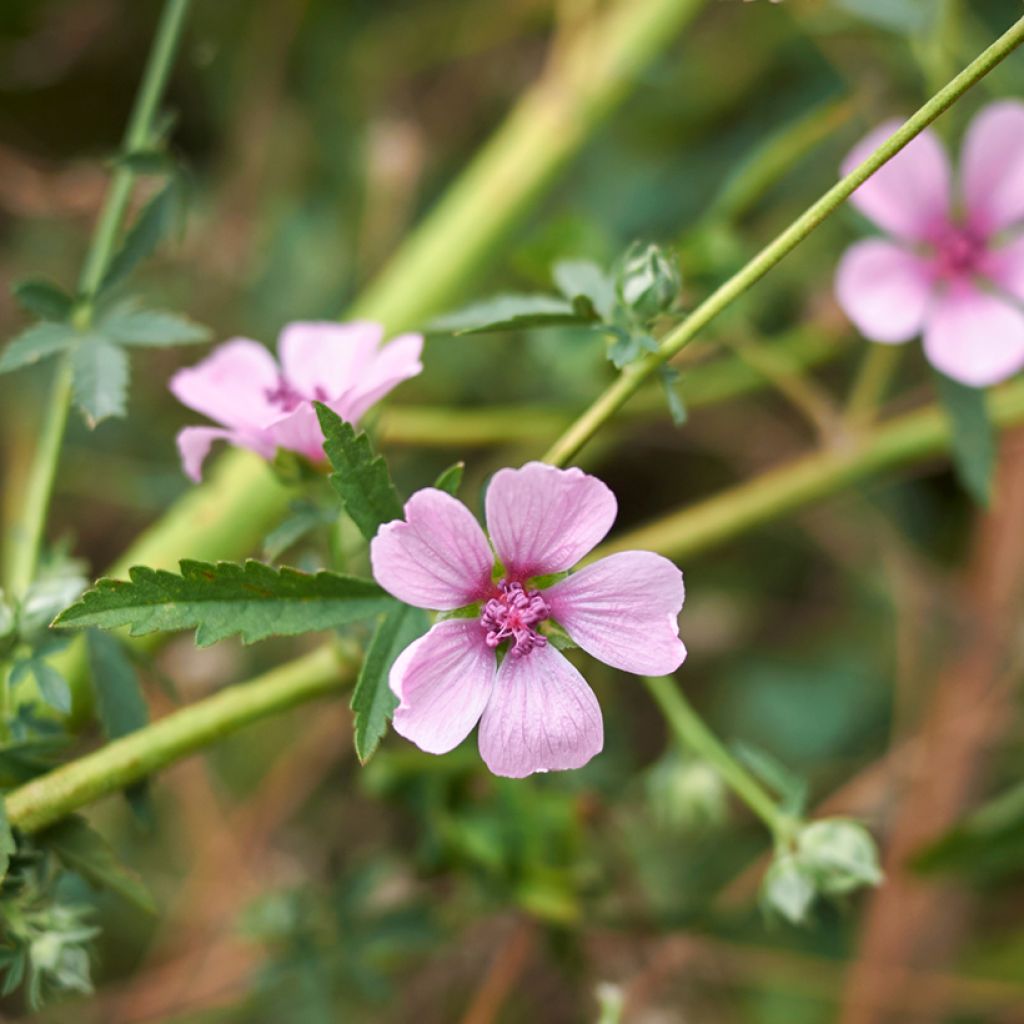

Althaea cannabina
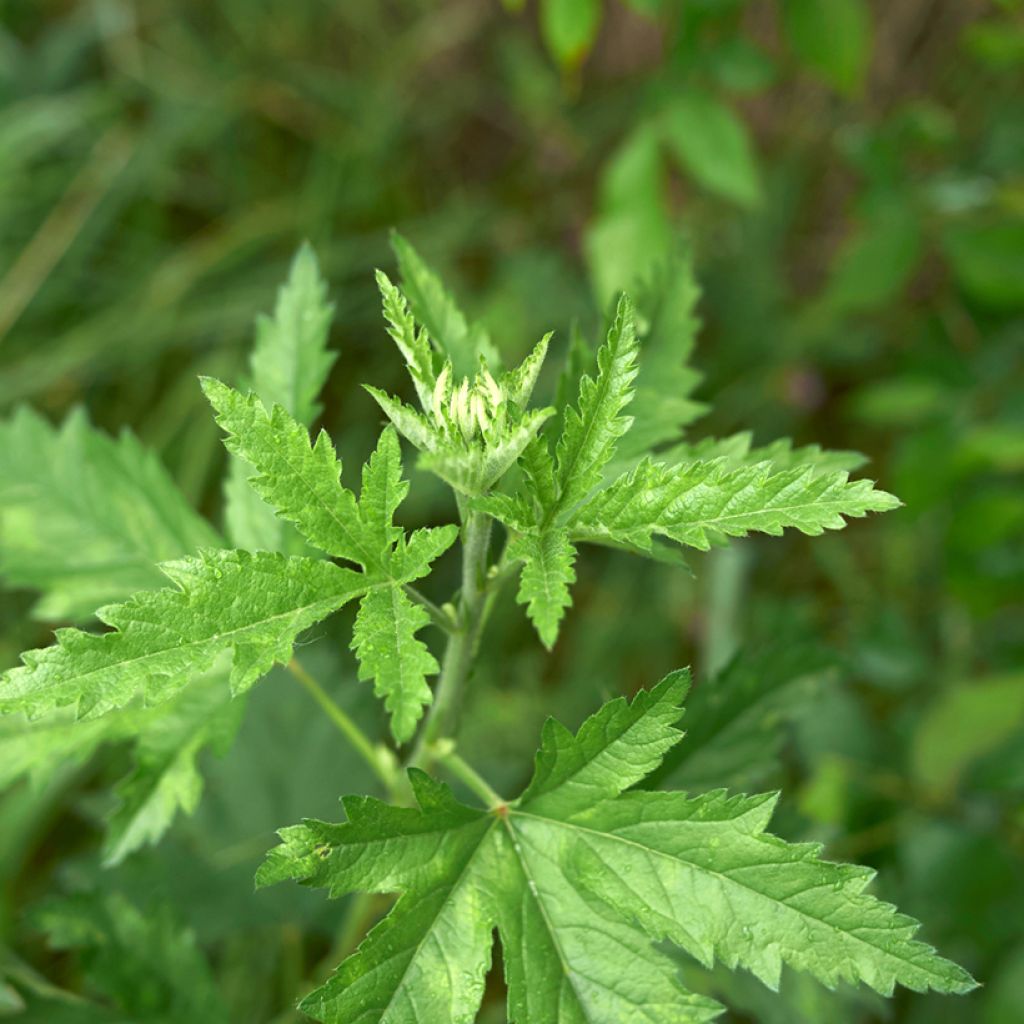

Althaea cannabina
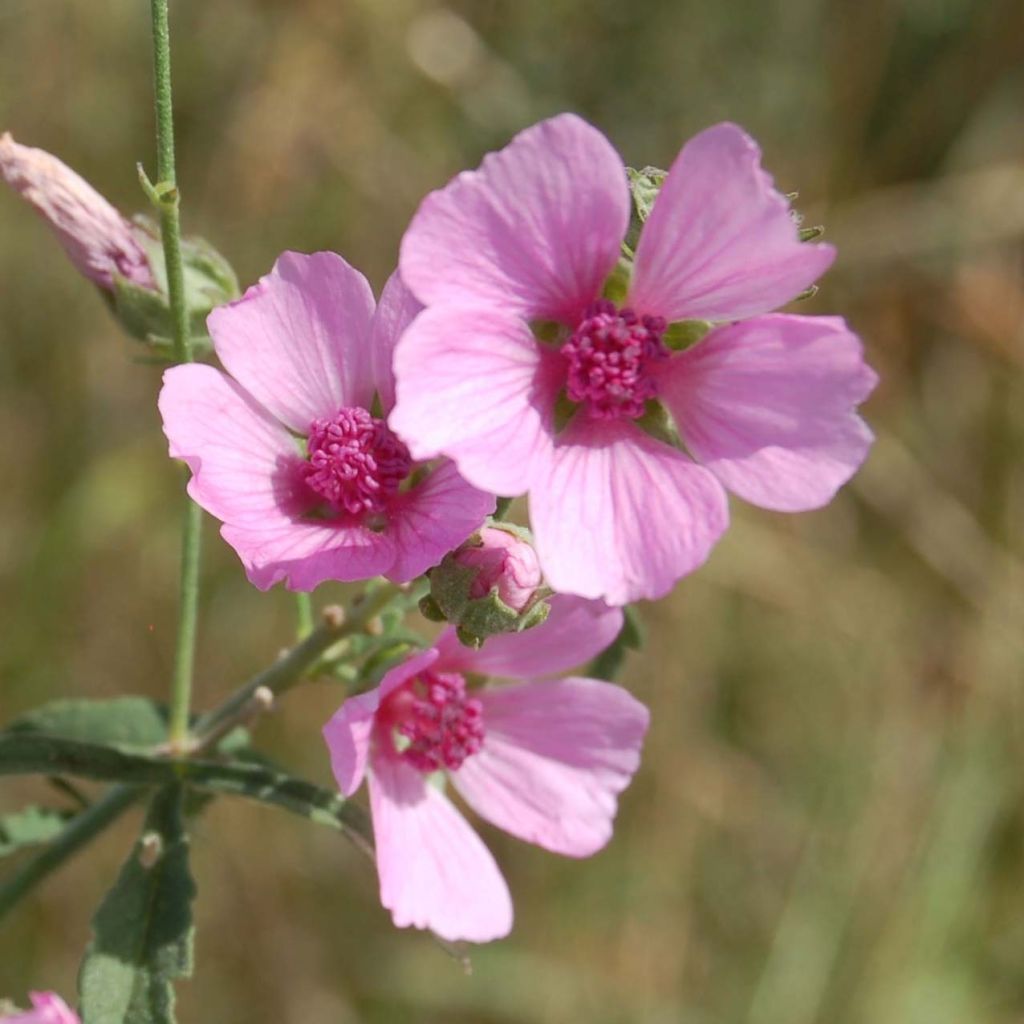

Althaea cannabina
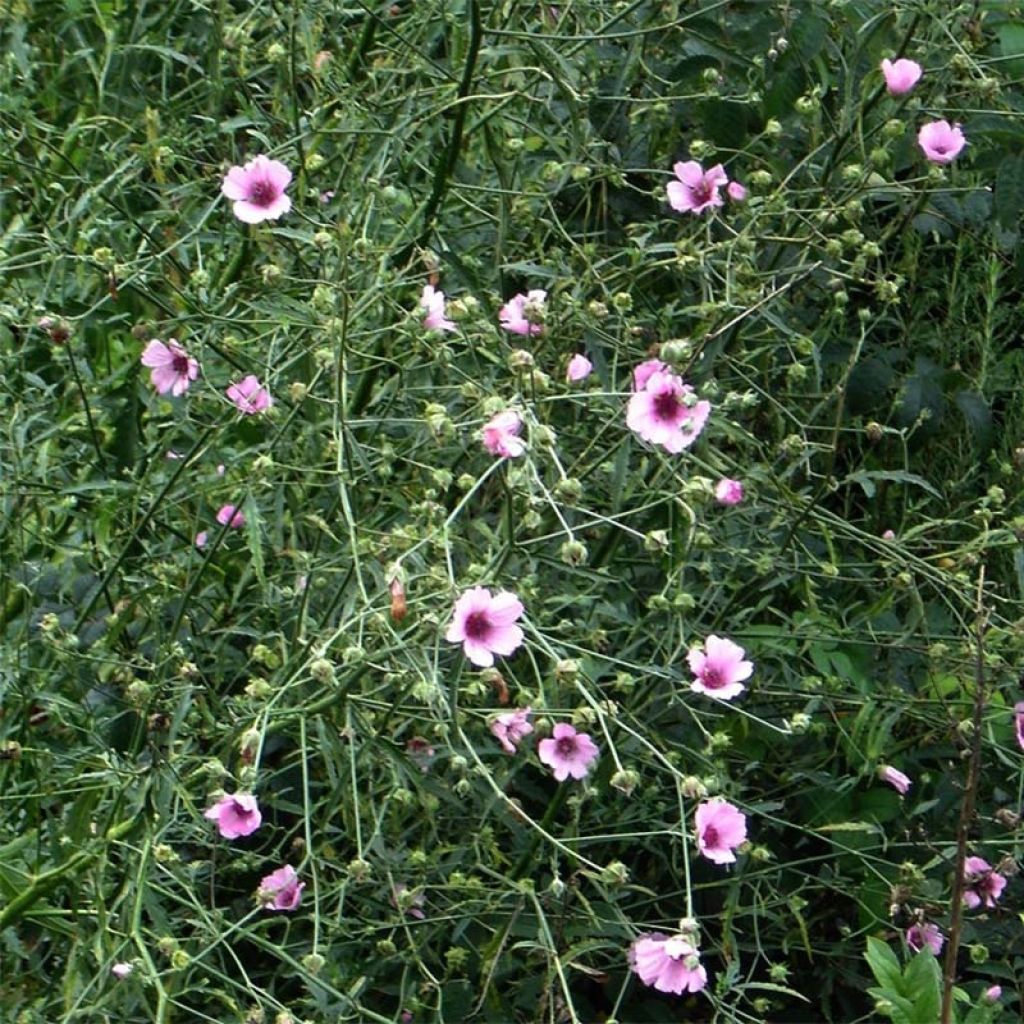

Althaea cannabina
Althaea cannabina
Althaea cannabina
Hemp-leaved Hollyhock, Palm-leaf marsh mallow
I've just received the young plant, so I'm waiting for it to grow. However, the packaging is really poor: the soil has spilled into the box (and the cardboard) which wasn't closed properly. The direction of opening the cardboard wasn't indicated, so the opening was random, soil everywhere! This would require a bit more CARE. I quickly moistened the 3 boles, everything is fine now.
Chantal, 02/06/2023
This plant carries a 12 months recovery warranty
More information
We guarantee the quality of our plants for a full growing cycle, and will replace at our expense any plant that fails to recover under normal climatic and planting conditions.
From €5.90 for pickup delivery and €6.90 for home delivery
Express home delivery from €8.90.

Does this plant fit my garden?
Set up your Plantfit profile →
Description
Althea cannabina is a large herbaceous plant related to mallows and Lavatera that is both charming and robust. Tall and branched, it is recognisable by its beautiful, cut and toothed leaves reminiscent of hemp or cannabis, which have earned it the name False Hemp Mallow. It is also appreciated for its long lasting, light, airy, and rustic flowering. Its small flowers are fresh and bright pink with a darker heart. They bloom in abundance and succeed each other for almost 3 months. Hardy and undemanding, this easy-to-grow plant has its place in a large, slightly wild bed, with single-flowered roses and grasses, for example.
Althea cannabina, also known as Hemp Mallow, Hemp-leaved Hollyhock and Palm-leaf marsh mallow, is a plant native to Southern Europe and Western Asia. It belongs to the Malvaceae family, like the marsh mallow (Althea officinalis). Its above-ground foliage is deciduous, falling in winter. It prefers a rather calcareous, poor and fairly dry soil in summer.
It is a perennial herbaceous plant with an upright habit, which can quickly reach a height of 1.20m (4ft) and a width of 50cm (20in), sometimes up to 2m (7ft) in height. Its thin and branched stems, covered with hairs, are slightly rough to the touch. They bear numerous leaves which are dark green-grey in colour, rough, palmate, and deeply cut into lanceolate segments with strongly toothed edges. The flowering period extends from June-July to September-October, depending on the climate. Flowers appear in the axils of the leaves, on long, hairy, and branched stems. These cup-shaped flowers have a diameter of 3cm (1in), composed of 5 pink petals with shiny, serrated edges, surrounding a pink-purple centre occupied by stamens and pistils. The flowers are short-lived, but they constantly renew themselves. This flowering attracts pollinating insects. Pollinated flowers develop small dry fruits called capsules containing numerous seeds.
The palm-leaf marsh mallow is ideal in natural areas, on large embankments, in the company of single-flowered hollyhocks and shrubby Lavatera, with which it shares a family resemblance. It also pairs well with grasses (Panicum Kulsenmoor, Miscanthus Yaku-jima, Stipa gigantea), mulleins, or thistles (Echinops ritro, Eryngium...), Centaurea dealbata, nigellas, annual poppies...
Report an error about the product description
Althaea cannabina in pictures
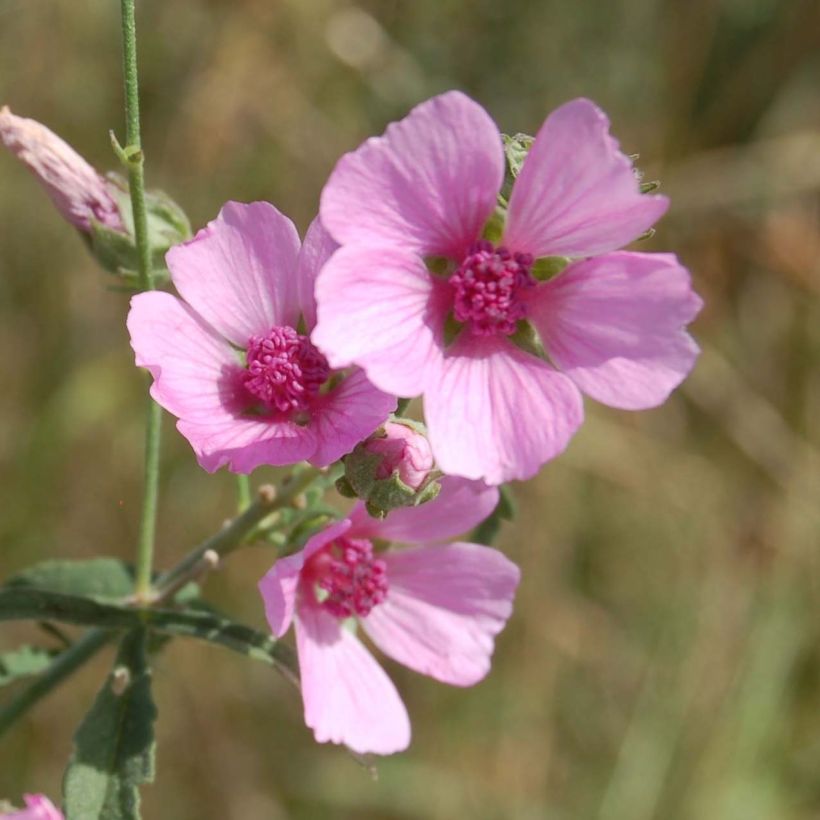

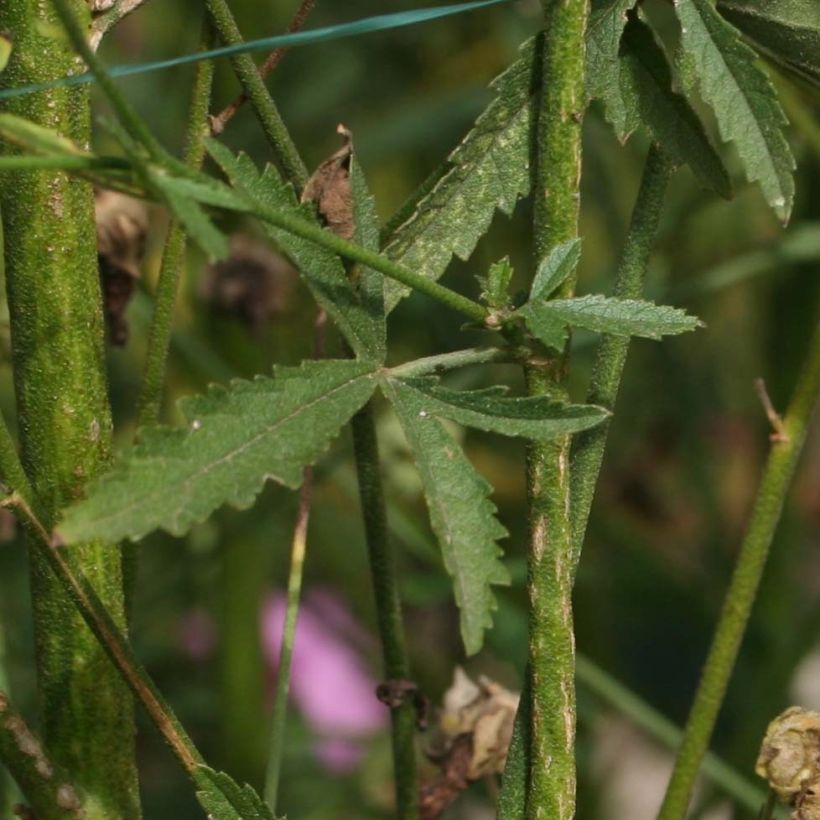

Flowering
Foliage
Plant habit
Botanical data
Althaea
cannabina
Malvaceae
Hemp-leaved Hollyhock, Palm-leaf marsh mallow
Cultivar or hybrid
Planting and care
The palm-leaf marsh mallow can be planted in full sun, in any well-drained garden soil, even limestone and stony soil, that is not too fertile. A slightly deep soil will allow its roots to moisture. It is a versatile and hardy herbaceous plant, which requires little water, and only dislikes heavy, too acidic or waterlogged soils. For planting in heavy or wet soil, add extra drainage such as river sand or gravel. Plants in the Malvaceae family live longer when the soil is poor and not too wet in winter, although they are more beautiful in fertile and moist soil. Althea cannabina does not live very long, but it self-seeds very easily in light soils.
Planting period
Intended location
Care
-
, onOrder confirmed
Reply from on Promesse de fleurs
Haven't found what you were looking for?
Hardiness is the lowest winter temperature a plant can endure without suffering serious damage or even dying. However, hardiness is affected by location (a sheltered area, such as a patio), protection (winter cover) and soil type (hardiness is improved by well-drained soil).

Photo Sharing Terms & Conditions
In order to encourage gardeners to interact and share their experiences, Promesse de fleurs offers various media enabling content to be uploaded onto its Site - in particular via the ‘Photo sharing’ module.
The User agrees to refrain from:
- Posting any content that is illegal, prejudicial, insulting, racist, inciteful to hatred, revisionist, contrary to public decency, that infringes on privacy or on the privacy rights of third parties, in particular the publicity rights of persons and goods, intellectual property rights, or the right to privacy.
- Submitting content on behalf of a third party;
- Impersonate the identity of a third party and/or publish any personal information about a third party;
In general, the User undertakes to refrain from any unethical behaviour.
All Content (in particular text, comments, files, images, photos, videos, creative works, etc.), which may be subject to property or intellectual property rights, image or other private rights, shall remain the property of the User, subject to the limited rights granted by the terms of the licence granted by Promesse de fleurs as stated below. Users are at liberty to publish or not to publish such Content on the Site, notably via the ‘Photo Sharing’ facility, and accept that this Content shall be made public and freely accessible, notably on the Internet.
Users further acknowledge, undertake to have ,and guarantee that they hold all necessary rights and permissions to publish such material on the Site, in particular with regard to the legislation in force pertaining to any privacy, property, intellectual property, image, or contractual rights, or rights of any other nature. By publishing such Content on the Site, Users acknowledge accepting full liability as publishers of the Content within the meaning of the law, and grant Promesse de fleurs, free of charge, an inclusive, worldwide licence for the said Content for the entire duration of its publication, including all reproduction, representation, up/downloading, displaying, performing, transmission, and storage rights.
Users also grant permission for their name to be linked to the Content and accept that this link may not always be made available.
By engaging in posting material, Users consent to their Content becoming automatically accessible on the Internet, in particular on other sites and/or blogs and/or web pages of the Promesse de fleurs site, including in particular social pages and the Promesse de fleurs catalogue.
Users may secure the removal of entrusted content free of charge by issuing a simple request via our contact form.
The flowering period indicated on our website applies to countries and regions located in USDA zone 8 (France, the United Kingdom, Ireland, the Netherlands, etc.)
It will vary according to where you live:
- In zones 9 to 10 (Italy, Spain, Greece, etc.), flowering will occur about 2 to 4 weeks earlier.
- In zones 6 to 7 (Germany, Poland, Slovenia, and lower mountainous regions), flowering will be delayed by 2 to 3 weeks.
- In zone 5 (Central Europe, Scandinavia), blooming will be delayed by 3 to 5 weeks.
In temperate climates, pruning of spring-flowering shrubs (forsythia, spireas, etc.) should be done just after flowering.
Pruning of summer-flowering shrubs (Indian Lilac, Perovskia, etc.) can be done in winter or spring.
In cold regions as well as with frost-sensitive plants, avoid pruning too early when severe frosts may still occur.
The planting period indicated on our website applies to countries and regions located in USDA zone 8 (France, United Kingdom, Ireland, Netherlands).
It will vary according to where you live:
- In Mediterranean zones (Marseille, Madrid, Milan, etc.), autumn and winter are the best planting periods.
- In continental zones (Strasbourg, Munich, Vienna, etc.), delay planting by 2 to 3 weeks in spring and bring it forward by 2 to 4 weeks in autumn.
- In mountainous regions (the Alps, Pyrenees, Carpathians, etc.), it is best to plant in late spring (May-June) or late summer (August-September).
The harvesting period indicated on our website applies to countries and regions in USDA zone 8 (France, England, Ireland, the Netherlands).
In colder areas (Scandinavia, Poland, Austria...) fruit and vegetable harvests are likely to be delayed by 3-4 weeks.
In warmer areas (Italy, Spain, Greece, etc.), harvesting will probably take place earlier, depending on weather conditions.
The sowing periods indicated on our website apply to countries and regions within USDA Zone 8 (France, UK, Ireland, Netherlands).
In colder areas (Scandinavia, Poland, Austria...), delay any outdoor sowing by 3-4 weeks, or sow under glass.
In warmer climes (Italy, Spain, Greece, etc.), bring outdoor sowing forward by a few weeks.



































